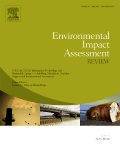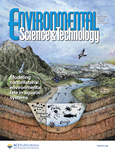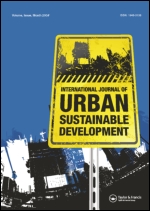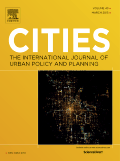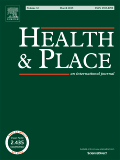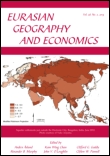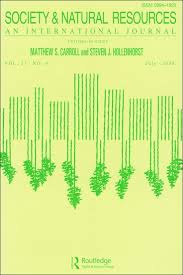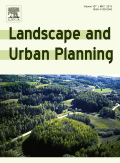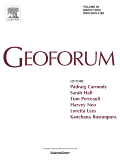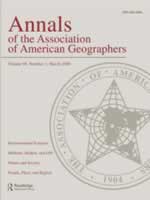
Annals of the Association of American Geographers, 101 (4): 730-741.
Abstract: Through a comparative model of energy sources and emissions in the globalized paper industry, this article reveals how complexities associated with geographic variation and land use change create indeterminancy in footprints based on life cycle assessment protocols. Using industry and trade data, the authors develop geographic information system transportation and energy models to map the globally dispersed pulp supply networks and to rescale Intergovernmental Panel on Climate Change GHG inventory guidelines to include carbon loss associated with land use change in the carbon footprint of coated paper.
Keywords: product footprintlife cycle assessmentcoated paper

